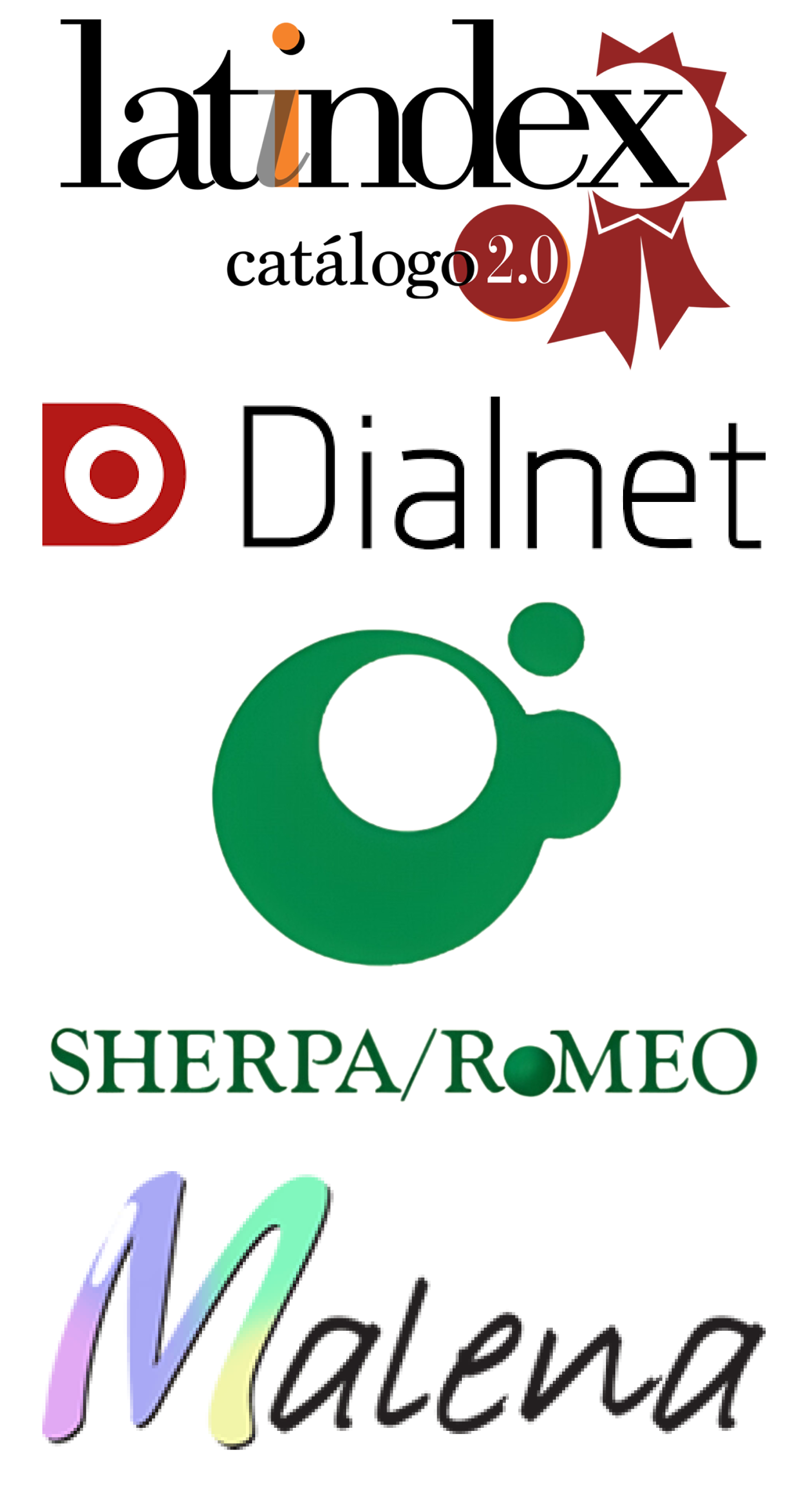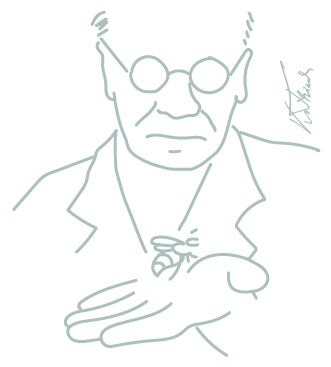The supply of honey to consumers: the case of the city of Zárate (Buenos Aires, Argentina)
DOI:
https://doi.org/10.52559/eunk.v2i1.33Keywords:
quality, Regional origin, honey retail, Zarate city, honey marketAbstract
In countries with large honey production, such as China, Turkey and Argentina, part of the production is exported, and part is sold on the domestic market. In Argentina this segment is small, compared to that of other large producers. However, it achieves a very different profitability for the beekeeper than bulk export, if it is done with its own fractionation or through cooperatives. The sale of honey in the territory of production is carried out through authorized businesses, and/or informally (the beekeepers themselves sell directly to the consumer), and contributes to the local economy, generating retention of labor in rural or periurban. The amount of honey that a beekeeper can market within his area of residence may be limited, since it competes with the supply of large and medium-sized distributors. In order for producers to access a broader consumer public, it is essential to know how the product is offered in the territory and to design superior commercial strategies. In the district of Zárate (Buenos Aires, Argentina), there are beekeepers who market their honey locally, competing with the offer of centralized distributors, who supply large outlets and do not incorporate the contribution of the territory. In this paper we carry out a case analysis focused on the city of Zarate by surveying all the products called honey, or with the mention of honey-based food, in different businesses on the main shopping streets.
Downloads
References
Álvarez, R. 2019 “El caso de la miel en el N. E. de la Provincia de Buenos Aires, con foco en la Sala de Extracción “El Tatú” del Partido de Zárate: Propuesta de un plan de mercadeo de un producto con identidad regional, para promover el desarrollo local”. Trabajo final integrador para acceder al grado de Especialista en Desarrollo Rural Facultad de Agronomía (UBA).
Arrabal, M.V & Ciappini, M. C. 2000. Prueba de aceptabilidad en miel- Invenio. Vol 3, número 4-5- Universidad del Centro Educativo Latinoamericano. Rosario, Argentina. Pp. 141-147.
Blanc, S., Zanchini, R., Di Vita, G., & Brun, F. (2021). The role of intrinsic and extrinsic characteristics of honey for Italian millennial consumers. British Food Journal 27 (1), 42-56. DOI: https://doi.org/10.1108/BFJ-07-2020-0622
Bogdanov, S. 2011. The Honey Book. www.bee-hexagon.net/
Caccavari, M; Fagúndez, G. 2004. Alcances de la biodiversidad en mieles del Litoral Fluvial. Un enfoque agroecológico. INSUGEO. Vol 12, p 147 – 152.
Ciappini, M. C; Gattuso S. J; Gatti. M. B; Di Vito, M. V; Gómez, G. 2009. Mieles de la Provincia de Santa Fé (Argentina). Determinación palinológica, sensorial y fisicoquímica, según provincias fitogeográficas. Invenio 12 (22) p. 109 -120.
Código Alimentario Argentino – Res GMC 15/94
Correa Mosquera, A. R. 2015. Evaluación de indicadores de deterioro de miel de diferentes especies de abejas. Facultad de Ciencias Agrarias, Posgrado en Ciencia y Tecnología de Alimentos. Universidad Nacional de Colombia. https://repositorio.unal.edu.co/bitstream/handle/unal/56925/1117511405.pdf?sequence=1&isAllowed=y
Cosmina, M; Gianluigi, G; Marangon, F; Troiano, S. 2015. Attitudes towards honey among Italian consumers: A choice experiment approach. Appetite Volume 106, 1 November 2016, Pages 110-116. DOI: https://doi.org/10.1016/j.appet.2016.08.005
Díaz Moreno, A. C. 2009. Influencia de las condiciones de almacenamiento sobre la calidad físico-química y biológica de la miel. Tesis doctoral. Facultad de veterinaria de la Universidad de Zaragoza. España. https://zaguan.unizar.es/record/2052/files/TESIS-2009-036.pdf
Gao, Y., & Zhao, Z. (2016). Chinese honey positioning and price trend in domestic market. Agricultural Science & Technology, 17(6):1446.
García de Miguel, J. L. 2015. Caracterización de la oferta de miel en Capital Federal (Barrio Constitución).Proyecto de Trabajo de Intensificación final. Facultad de Agronomía de la Universidad de Buenos Aires.
Ghorbani, M., & Khajehroshanaee, N. (2009). The study of qualitative factors influencing on honey consumers demand: application of hedonic pricing model in Khorasan Razavi province. Journal of Applied Sciences, 9(8), 1597-1600. DOI: https://doi.org/10.3923/jas.2009.1597.1600
Gonnet, M., Vache, G. 1992. The taste of honey. The sensorial analysis and different applications of an evaluation method of the quality of honeys. Bucarest, ROU: Apimondia Foundation, 159 p. http://prodinra.inra.fr/record/102429
Kallas, Z., Alba, M. F., Casellas, K., Berges, M., De Greef, G., & Gil, J. M. (2017). Impact of the sensory experience on consumers' preference toward the origin of honey: a case study in Mar del Plata, Argentina. In IAAE Inter-Conference Symposium; 5 Congreso Regional de Economía Agraria.
Kaygisiz, F. (2022). Factors affecting the choice of marketing channel by beekeepers in Turkey. Ankara Üniversitesi Veteriner Fakültesi Dergisi. https://doi.org/10.33988/auvfd.981971/ DOI: https://doi.org/10.33988/auvfd.981971
Manrique Persiva, E. Producción alimenticia artesanal: Patrimonio socio-cultural y modelo Agrario. 1999. Unidad de Economía Agraria. Dpto. P.A.C.A. Universidad de Zaragoza. http://cederul.unizar.es/revista/num01/pag24.htm/
Montenegro, S. B., Avallone, C. M., Crazov, A., Aztarbe, M. 2005. Variación del color en miel de abejas (Apis mellifera). Universidad Nacional del Nordeste. Reunión de Comunicaciones científicas y tecnológicas de la Universidad Nacional del Nordeste. http://studylib.es/doc/4728084/t-070.
Murphy, M; Cowan, C; Henchion, M; O´Reilly, S. 2000. Irish consumer preferences for honey a conjoint approach”. British Food Journal, Vol.102 Issue:8, pp.585-598. https://doi.org/10.1108/00070700010348424/ DOI: https://doi.org/10.1108/00070700010348424
Nascimento Andréa G.M., Toledo, B. S. Guimarães, J. T. Ramos G. L.P.A., da Cunha, Diogo T. Pimentel, T. C. Cruz A. G., Freitas, M. Q. Esmerino, E. A. Mársico, E. T. 2022. The impact of packaging design on the perceived quality of honey by Brazilian consumers, Food Research International, Volume (151):110887, ISSN:0963-9969, DOI: https://doi.org/10.1016/j.foodres.2021.110887
Oravecz, T., Mucha, L., Magda, R., Totth, G., & Illés, C. B. (2020). Consumers’ preferences for locally produced honey in Hungary. Acta Universitatis Agriculturae et Silviculturae Mendelianae Brunensis, 68(2), 407-418. DOI: https://doi.org/10.11118/actaun202068020407
Pastore, A. Inédito. Caracterización de la oferta de miel en Capital Federal (Barrio Palermo). Proyecto de Trabajo de Intensificación final. Facultad de Agronomía de la Universidad de Buenos Aires.
Pastore, E. Inédito. Caracterización de la oferta de miel en Capital Federal (Barrio Estación Primera Junta).Proyecto de Trabajo de Intensificación final. Facultad de Agronomía de la Universidad de Buenos Aires.
Pocol, C. B., Šedík, P., & Horská, E. (2018). Honey consumption patterns of young people in Romania. International Scientific Days International Scientific Days 2018: Towards Productive, Sustainable and Resilient Global Agriculture and Food Systems, 435. DOI: https://doi.org/10.15414/isd2018.s2-1.11
Reglamento Técnico Mercosur “Identidad y calidad de la miel”. Mercosur/ GMC/RES. Nº 89/99. Link: http://www.puntofocal.gov.ar/doc/r_gmc_89-99.pdf.
Ricolfe, C., J.S; Rodríguez Barrio, J.E; Buitrago Vera, J.M. 2011. Importancia del origen geográfico en el consumo de productos agroalimentarios. Scripta Nova. Universidad de Barcelona. Vol XV, núm. 369 http://www.ub.edu/geocrit/sn/sn-369.htm/
Roman, A., Popiela-Pleban, E., Kozak, M., & Roman, K. (2013). Factors influencing consumer behavior relating to the purchase of honey. Part 2. Product quality and packaging. Journal of Apicultural Science, 2(57). DOI: https://doi.org/10.2478/jas-2013-0027
Scaglione, A. 2015 Percepción del consumidor de miel de abejas en la ciudad de La Plata. Facultad de Ciencias Agrarias y Forestales. Universidad Nacional de La Plata. Universidad Nacional de La Plata, La Plata, Argentina. 2016. Available online: http://sedici.unlp.edu.ar/handle/10915/56144
Segretin, R. A. 2007. Descartables de PET vs. Retornables de Vidrio. Aspectos Ambientales, Sanitarios y económicos. Nota en el blog. http://ecoplas.org.ar/pdf/19.pdf/
Vázquez F., M., Gutiérrez Tolentino, R., Pérez González, J. J., Escobar Medina, A. C., Rivera Martínez, J. G., & Vega y León, S. (2017). Presencia de ftalatos en agua embotellada comercializada en la Ciudad de México y su migración durante el almacenamiento a diferentes temperaturas. Tecnología y ciencias del agua, 8(5), 91-103. DOI: https://doi.org/10.24850/j-tyca-2017-05-06
Viola, H. y Muruaga Olguín, N. 2021. Consejería Agroindustrial Ministerio de Agricultura, Ganadería y Pesca Embajada de Argentina en la República Popular China CAMAGyP. DOC/CAP/015- . http://www.agrichina.org/UploadFolder/202108111244013115.pdf
Wu, S.,Fooks, J. R., Messer, K. D., & Delaney, D. (2015). Consumer demand for local honey. Applied Economics, 47(41), 4377-4394. DOI: https://doi.org/10.1080/00036846.2015.1030564
Żak, N. (2017). Honey market in the opinion of young consumers. Handel wewnętrzny, 366(1), 424-438.
Zanchini, R., Blanc, S., Pippinato, L., Di Vita, G., & Brun, F. (2022). Consumers’ attitude towards honey consumption for its health benefits: first insights from an econometric approach. Briti DOI: https://doi.org/10.1108/BFJ-09-2021-0992
Published
How to Cite
Issue
Section
Categories
License
Copyright (c) 2023 Anabella Soledad Tobler, Alicia Mabel Basilio

This work is licensed under a Creative Commons Attribution 4.0 International License.
Authors who publish with this journal agree to the following terms:
- Authors retain copyright and grant the journal right of first publication with the work simultaneously licensed under a Creative Commons Attribution License 4.0 that allows others to share the work with an acknowledgement of the work's authorship and initial publication in this journal.
- Authors are able to enter into separate, additional contractual arrangements for the non-exclusive distribution of the journal's published version of the work (e.g., post it to an institutional repository or publish it in a book), with an acknowledgement of its initial publication in this journal.
- Authors are permitted and encouraged to post their work online (e.g., in institutional repositories or on their website) prior to and during the submission process, as it can lead to productive exchanges, as well as earlier and greater citation of published work.









